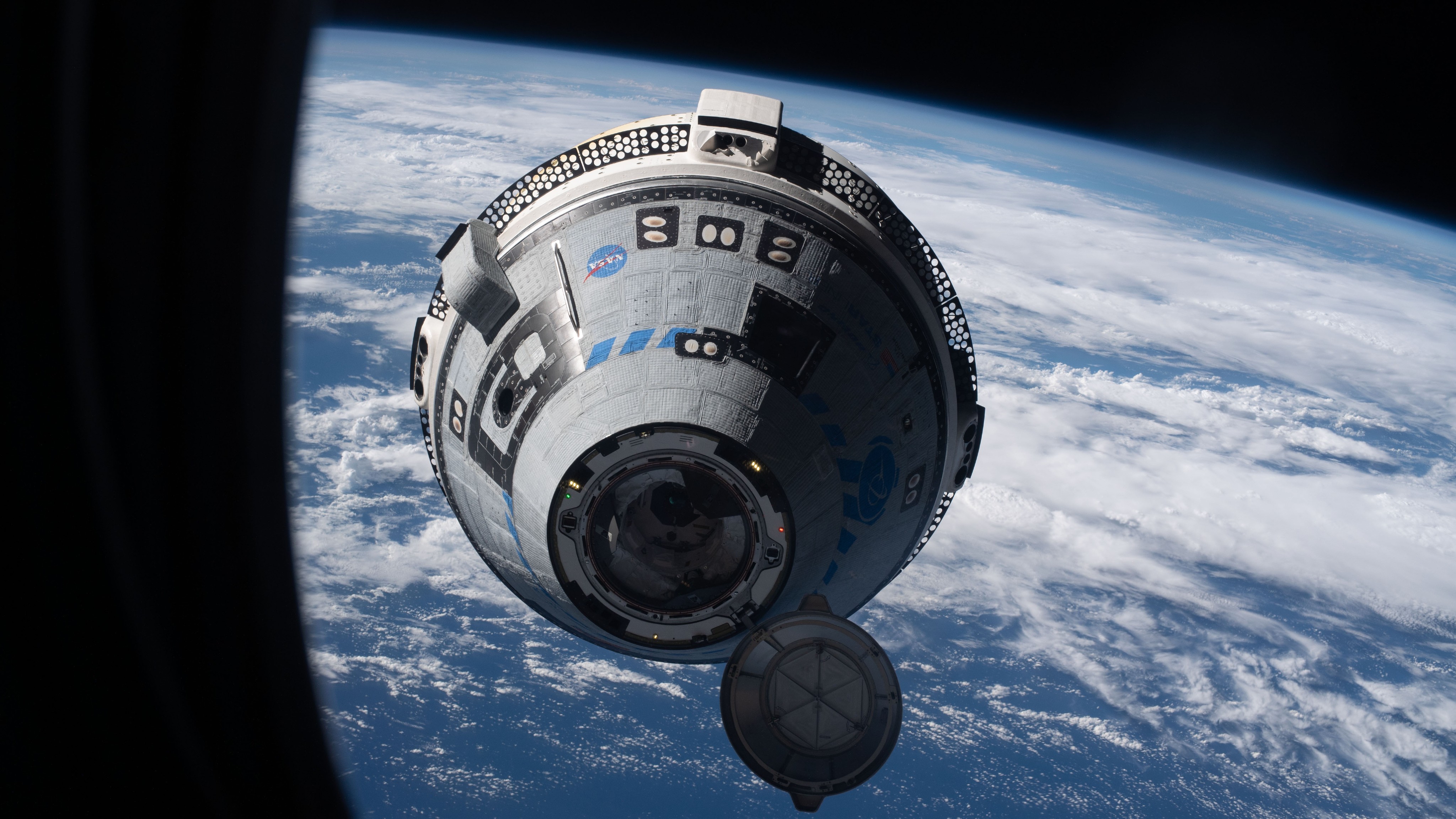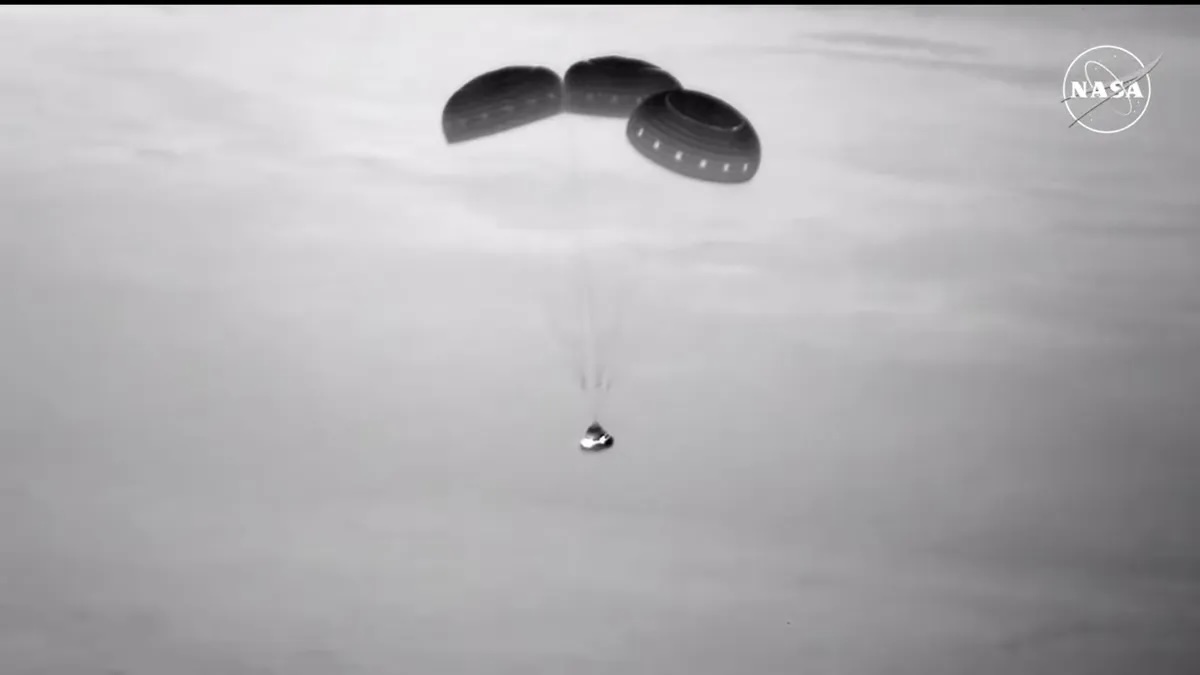
Researchers from China have achieved a significant advancement in rocket propulsion technology that may pave the way for the development of next-generation stealth missiles. These missiles could possess the ability to alter their speed during flight and successfully evade detection by early warning systems.
Currently, this innovative technology remains untested in practical applications; findings were derived from advanced computer simulations, as reported by Interesting Engineering.
The breakthrough is believed to be influenced by a helium leak issue encountered with Boeing’s spacecraft, which resulted in the “stranding” of two NASA astronauts on the International Space Station (ISS) last year, according to a report from the South China Morning Post. In an intriguing twist, researchers have turned a NASA challenge into a potential propulsion innovation that might change the landscape of modern warfare and space exploration.
In June 2024, astronauts Butch Wilmore and Suni Williams found themselves trapped aboard the ISS when the Boeing Starliner capsule carrying them encountered several issues and was ultimately returned without any passengers. What was initially planned as a weeklong mission has now extended into a lengthy expedition projected to conclude by mid-March, when the two astronauts are scheduled to return home.
The primary complication with the Starliner capsule was a helium leak occurring in various sections, which is critical for pressurizing liquid-fuel rockets to channel the fuel into the reaction chamber. This means that the helium must be stored separately and released through valves as needed, which makes it vulnerable to leaks. Similar issues have arisen with other spacecraft, such as India’s Chandrayaan-2 and the European Space Agency‘s Ariane 5, according to Reuters.

In a study featured on February 10 in the Chinese journal Acta Aeronautica et Astronautica Sinica, the researchers declared they have engineered a rocket that intermingles helium gas with fuel directly in the engine by introducing it through tiny pores. This method not only aids in pressurizing the fuel but also facilitates a more effective reaction while minimizing the risk of leaks. A key distinction is that this system can function with a combination of solid and gaseous fuel, in contrast to the liquid propellant used in Starliner and many other spacecraft, offering both cost-effectiveness and reliability.
The researchers assert that with the optimal helium-to-fuel ratio, the engine has the potential to produce thrust exceeding threefold compared to using fuel alone. Additionally, adjusting the helium intake could enable users to manipulate the speed of the rocket mid-flight, making it more difficult for adversaries to track or intercept it.
This new engine design is also expected to generate less residual heat. The researchers indicate that its exhaust could be as much as 2,880 degrees Fahrenheit (1,600 degrees Celsius) cooler than that emitted by conventional rockets. If applied to missile technology, this advancement could render the weapon nearly invisible to existing early-warning systems, such as SpaceX‘s Starshield satellites, which utilize infrared signatures to identify and monitor missiles, as noted by Interesting Engineering.
Possible Applications
This isn’t the first instance of this technology being introduced. In September 2024, the same research team released findings in an American journal Physics of Fluids, showcasing the theoretical potential of this engine (also suggesting that the concept might predate the Starliner incident, given the typical duration for scientific publications).

Unlike the previous study, which primarily examined how helium injection could amplify thrust, the latest publication places a stronger emphasis on the potential use of such technology in stealthy weapon systems, underscoring its capacity to evade detection and sidestep countermeasures.
However, this innovative technology could serve additional purposes. The use of solid fuel rockets not only enhances affordability compared to liquid-fueled options but could also revolutionize the cost of launching rockets into space, particularly amid a surge in global launch activities.
These advancements may assist China in realizing its ambitious “Thousand Sails” satellite project, which is gradually taking shape in low Earth orbit and has drawn criticism for its contribution to light pollution among astronomers due to its high light levels.
Additionally, China has plans to establish a human settlement on the moon by 2035, and is set to launch its initial giant reusable rockets within the year to facilitate that goal. Integrating this new technology could help reduce costs and bolster the nation’s lunar ambitions.









